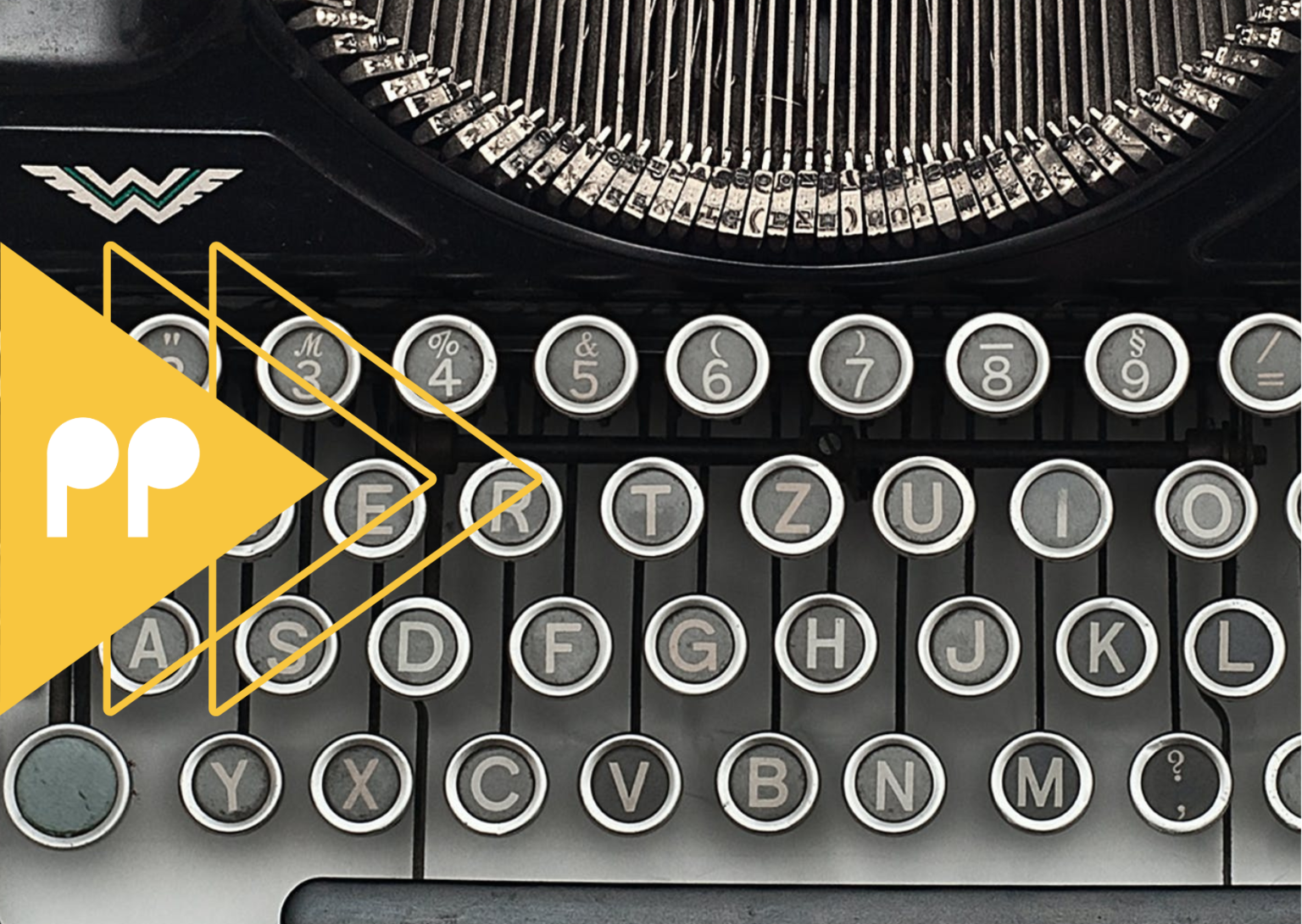Often dismissed with “But nobody reads it!”election manifestos’ value is frequently underestimated. Despite this perception, the crafting of these documents is an important exercise for political parties and a tool for internal alignment, future strategic communication, and negotiation groundwork. Here’s why manifestos are more than just voter persuasion tools.
Manifestos: more than a mere document
Manifestos offer a blueprint for party members, staffers, and campaigners. They encapsulate the party’s ideological stance, campaign and policy priorities, and proposed solutions. They serve as a guide on how to discuss, promote, and defend the party’s position.
So, they have to be clear, not just for communicating with the electorate, but in ensuring consistency across the party’s many voices. Manifestos enable members at all levels to align closely with the party’s vision, ensuring that everyone, from the grassroots volunteer to the party leader, speaks from the same script.
Election manifestos are also a contract with the electorate, delineating clear commitments that the party intends to fulfil upon election. By setting out specific, measurable goals, manifestos empower voters, and enhance party transparency and accountability, which is important for good governance. Voters, media and watch dogs often look back at election manifestos to check if a party delivered on what it said it would.
This isn’t just about keeping politicians honest—it’s about making politics clearer and more accessible to everyone.
Manifestos and negotiations
In the realm of coalition politics and negotiation processes, a manifesto clearly outlines the non-negotiables or “red lines,” guiding parties on where they stand during approach coalition talks. This does not imply rigidity—it demands a careful balance between firm principles and pragmatic flexibility.
Like the skeleton in a political body, the ideology provides structure, while the manifesto acts as the tendons and ligaments, offering both support and flexibility. This analogy underscores that while manifestos need to be precise, accurately reflecting the party’s core beliefs and long-term vision, they also have to be adaptable to changing circumstances.
Precise yet flexible
A manifesto that combines precision with flexibility provides a clear framework for what the party stands for, its non-negotiables, and where it can make compromises. This clarity is invaluable during coalition negotiations, enabling parties to identify potential partners with aligned goals and negotiate terms that respect their fundamental principles.
Although precision and clarity of the goals in a manifesto matter, they should not constrain a party’s ability to respond to new challenges. Instead, it should provide a solid yet adaptable foundation for policy development. As circumstances change and new issues emerge, a precisely crafted manifesto allows a party to develop responses that are consistent with its core ideology while being relevant to the current context.
At the same time, flexibility is not an invitation to abandon core principles but rather a strategy to ensure that the party remains relevant and responsive to the evolving political landscape.
Enhancing accessibility and engagement
Effective electoral strategies must resonate with their intended audience. Enhancing traditional, lengthy manifestos to engage a broader voter base involves adopting a layered approach. This strategy puts broad and easily digestible summaries of key areas and messages, capturing the essence of the party’s position to the front. Do this by using websites, social media, and apps to break down large ideas into bite-sized, easy-to-understand posts.
And those seeking a deeper understanding of the party’s goals can click and explore each topic in more detail if they’d like to. Linking the manifesto to the party’s communication strategy beyond merely publishing it under “Documents,” brings it closer to your members and voters.
Take the extra step of making it interactive. Use digital tools to get voters involved with the manifestos by allowing them to ask questions, give feedback, and have a direct line to the party. This accessibility would turn manifestos from traditional documents to conversations.
A manifesto for the future
To maximise their effectiveness, manifestos should be crafted with both clarity and strategic foresight. They should articulate clear, compelling messages that resonate with voters while also accommodating the realities of governance and coalition politics. This involves identifying clear priorities, setting out non-negotiable red lines.
By striking the right balance between precision and flexibility, political organisations can ensure their manifestos serve as effective tools for good governance, negotiation, and engagement. A manifesto should be a living document, capable of both guiding the party and evolving with it.
But manifestos aren’t just for the here and now; they’re like time capsules for politics. Years down the line, when someone’s curious about what your party stood for, they will most likely look for some of your manifestos. So, make sure you write a good one!

